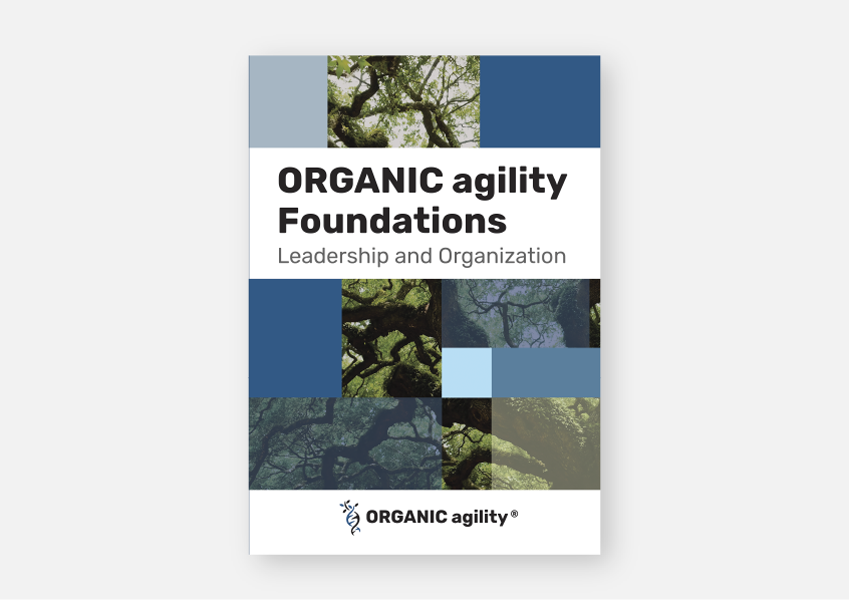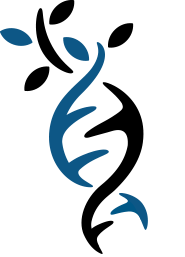If you are consultant, an internal coach or interested in the science, theories, and patents on which our frameworks are based, the Oa Foundations Masterclass is the right way to dig deeper. The masterclass will lead to ORGANIC agility Professional Accreditation (OaPro) and gives you access to an expanded set of tools and material.
Being an OaPro enables you to teach your own ORGANIC agility classes and certify the attendees with the ORGANIC agility Foundations Certification

ORGANIC agility® Foundations Masterclass
This Masterclass of one day (1) will primarily focus on creating the foundation to allow candidates for the ORGANIC agility Professional designation to learn how to use and deliver the training material, as well as a deep dive into the theory to enable them to use it in practice and to answer questions in a class/workshop environment.
The program starts by introducing Training from the Back of the Room as a training design approach, and then deep dives into each of the theory blocks experienced in the Foundation class, providing a stronger background theory.
The class requires practitioners to prepare their cases and share it in the group, to allow for feedback and sharing tips and tricks that worked or didn't work in clients engagements.
Training Topics
-
- Understanding of the underlying theory of ORGANIC agility, starting from the approach, the idea of principles as scaffolding and the leadership framework
- ORGANIC leadership framework, three dimensions with interventions
- Cynefin framework, basics, liminal, dynamics and fractals
- ORGANIC Principles deep dive on methods: Competing Values Framework, Value Stream Discovery, Competence Mapping, Agile Strategy Map
The class is presented in a highly interactive and collaborative format with elements of lecture, classroom discussion, exercises, games and simulations, smoothly blended throughout the class.
Facts Overview:
-
- Prerequisites: None
- Duration: 16h
- Delivery: Remote
- Certifications: ORGANIC agility® Foundations: Leadership & Organization
- Included:
-
- ORGANIC agility® e-book
- Slack channel to continue collaborating and access to the trainers
- agile42 Community/Alumni
-
Actual ORGANIC agility workshops
| Class | Language | City | Date | Register | Trainer |
|---|---|---|---|---|---|
| Oa Foundation Training | English | Virtual Training (CET TimeZone) | 19.-20. May 2025 | Register | Lothar Fischmann |
You did not find the course you where looking for? Please contact us.
I feel that my journey with this framework has only begun. And I don’t usually buy into frameworks that much, for me it’s more about first principles always. But this time I really have to say that you’ve created something powerful and I’d be happy to be part of the community that develops it further. The era of complexity has arrived and this, in addition to Cynefin is the current most cutting edge set of principles and patterns that one can utilize to cope with the challenges posed by the accelerating pace of change into the adjacent possible.
What are the Advanced Classes and do I need them?
Our workshops and trainings are based on proven methods addressing, drawing from, or relevant to Organizational Culture, Leadership Coaching, Design Thinking, Cynefin, or other consulting approaches.
The ORGANIC agility Advanced classes provides you with Certified Agile Leadership II certification (CAL II) from the Scrum Alliance. Agile executives learn to support and promote the organizational and cultural change towards agility, in order to create organizations which are more competitive and responsive, whilst delivering value to its customers and supporting work life balance for its employees.
Here you can take a look at the profiles of others who have gone on to complete the Masterclass and become ORGANIC agility Professionals, and perhaps discover your next trainer or consultant.
READ MORE about the Advanced Classes

ORGANIC agility Foundations
Leadership & Organization
ORGANIC agility is our comprehensive approach to understanding the functioning of organizations in the market, how they change through internal and external interactions, and how we can influence that change to enable a more resilient organization to emerge. This handbook is ...
 ORGANIC agility
ORGANIC agility